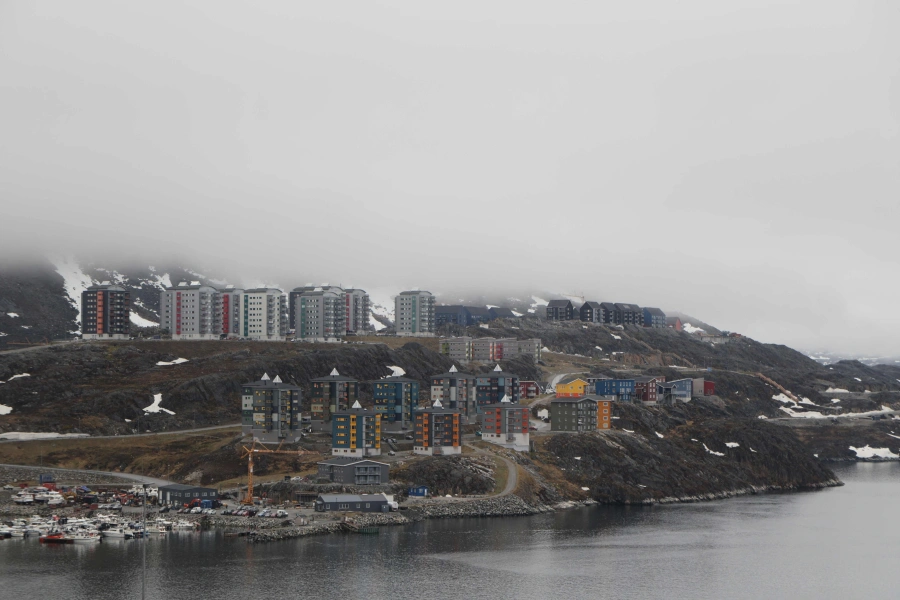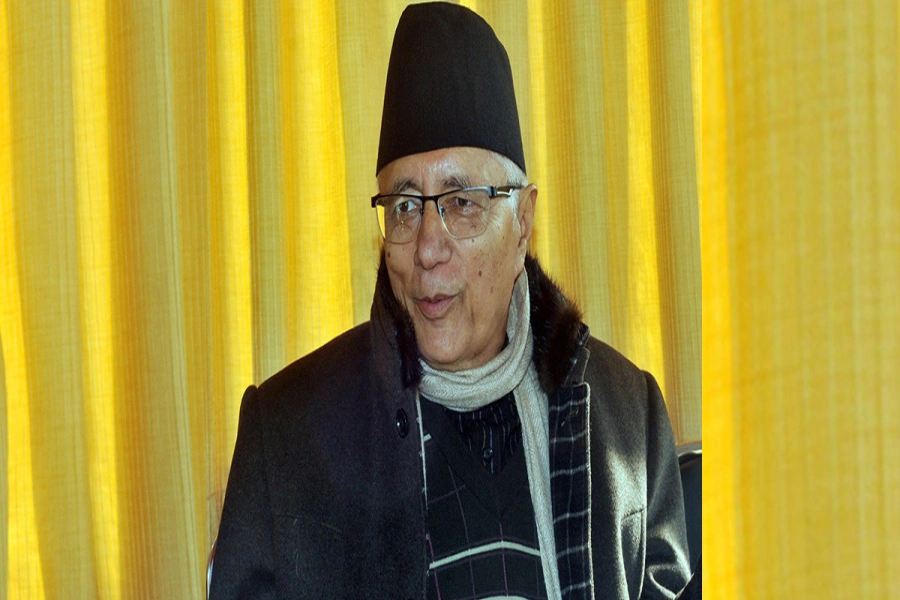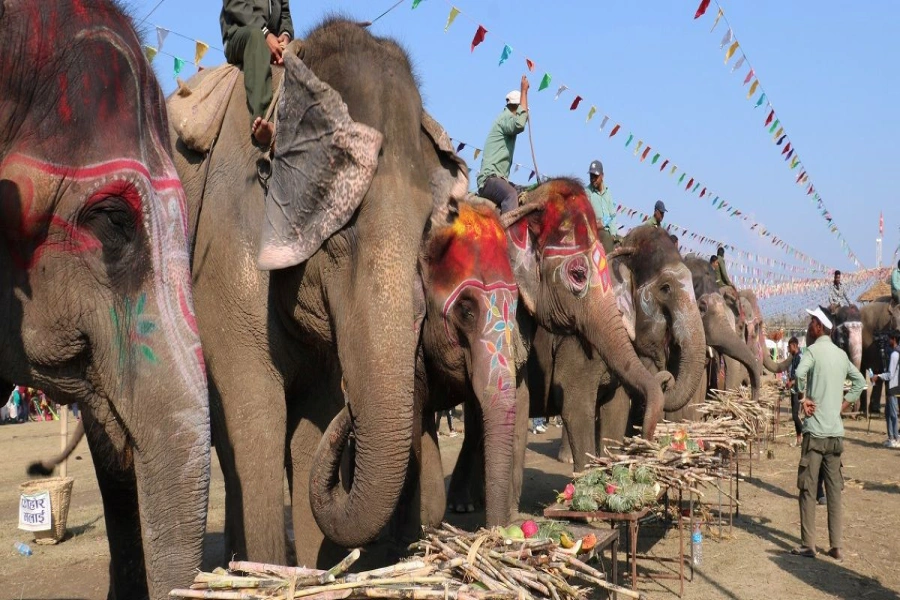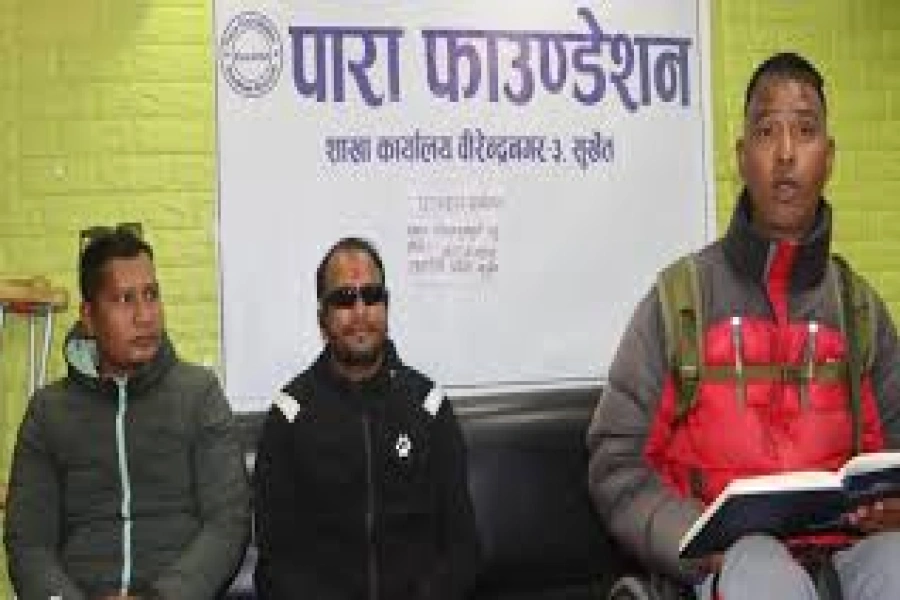Almost unrestricted movement of aliens from across the open border is one of the main reasons behind a rapid spread of the virus in places close to the border.
Last Tuesday, the government of Nepal announced another round of lockdown—this time it's called prohibitory orders—to control the COVID-19 pandemic.
This comes amid a surge in the number of COVID-19 cases and deaths in Nepal.
The prohibitory orders should give us some solace as the government appears to be doing something other than bragging that it is doing better than the lone global superpower in its fight against the pandemic. This sounds quite silly, given the superpower’s poor performance on the virus control front.
Nepal Cannot Heal Without National Dialogue

Here, it will be contextual to present the status of the global pandemic in brief.
As of early August 22, the number of PCR tests conducted in Nepal stands at 5,79,819, number of RDT tests at 3,12,402, PCR negative cases at 5,49,416, PCR positive cases at 30,483. Altogether 12,234 people are in quarantines and 12,132 are in isolation. The number of recovered patients is 18,214 and deaths is 137. These data are from the Ministry of Health and Population website, last updated at 4.15 pm, August 21.
Worldwide, the number of coronavirus cases stands at 23,105,094 as per https://www.worldometers.info/coronavirus/ accessed on early August 22. Per the website, 8,02,889 patients have died, 15,700,852 have recovered, while there are 6,601,353 active cases.
Of the active cases, 6,539,517 (99 percent of the active cases) are in mild condition, whereas 61,836 (one percent) are in serious or critical condition. The number of closed cases stands at 16,503,741 with 15,700,852 (95 pecent) either recovered or discharged and 8,02,889 deaths, bringing global COVID-19 death rate to five percent.
Rather than worldwide data, numbers from our immediate neighborhood are far more important for us, in view of the fact that our 1850-km border with India is open on our side, exposing us to all sorts of risks, including cartographic and demographic aggression. At this juncture at least we can take solace in the fact that the border with our northern neighbor, China, is relatively impregnable due to the presence of high mountain ranges and a rugged terrain, shielding a country with very weak institutional capacity not only from the neighbor’s prosperity but also from occasional troubles. In troubling times like these, one cannot stop wondering if most of our troubles would have vanished if we had similar borders with in the south, west and the east!
As of 8.15 pm, August 21, India's total case tally, per mygov.in/covid-19, stands at 29,05,823 up 68,898 from the earlier update, active cases at 6,92,028, up 5,633 (23.82 percent surge), discharged cases at 21,58,946, up 62,282 and deaths at 54,849, up 983 from the earlier update. At 1.89 percent, India's coronavirus death rate is quite low against the global average of five percent.
But this should offer Nepal no solace as viruses do mutate turning either benign or stubborn. Almost unrestricted movement of aliens from across the open border, home to around 1.5 billion people, is one of the main reasons behind a rapid spread of the virus in places close to the border like Birgunj and then onto the whole country. The fact that bordering areas are witnessing community spread of the virus should be an eye-opener for our government. Uttar Pradesh, which borders Nepal, is now among the five worst coronavirus-affected states in India, behind Maharashtra, Tamil Nadu, Andhra Pradesh and Karnataka. Should this not make our government step up security along the states bordering India?
In the four-month lockdown imposed earlier, the government seemed to have taken the lockdown as the silver bullet against an evolving health crisis, bringing the country closer to community spread of the virus. This time, the government should aspire to do a bit better job by a) adding hospital beds and better equipping frontline health workers, b) improving the condition at quarantines and isolation rooms, c)widening screening, d) addressing basic needs of the most vulnerable lots. This is to make sure that they don’t leave their homes in search of livelihood, exposing communities to increased risks and d) taking tough action against those aliens, who sneak or try to sneak into Nepali territories by hook or crook, exposing our populations to increased risks. It should take such instances as acts of demographic aggression aimed at putting local populations in jeopardy and talk with relevant Indian officials to end such intrusions.
At this point, it should be noted that some of our prominent political leaders have stopped parroting their usual line: Nepal’s geopolitical position allows it to benefit from the prosperity in the neighborhood. They seem to have realized how tough it is for a country with a very weak institutional capacity to benefit from the two countries, which, together, account for 36 percent of the global population of around eight billion.
The government should suture this wound before it festers further. It should start fencing the open border by initiating sustained efforts aimed at ending demographic and cartographic aggression. The government should keep in mind that building cross-border waterways and railway links will be akin to inviting multiple disasters to a country that is already grappling with natural disasters like floods and landslides.






































